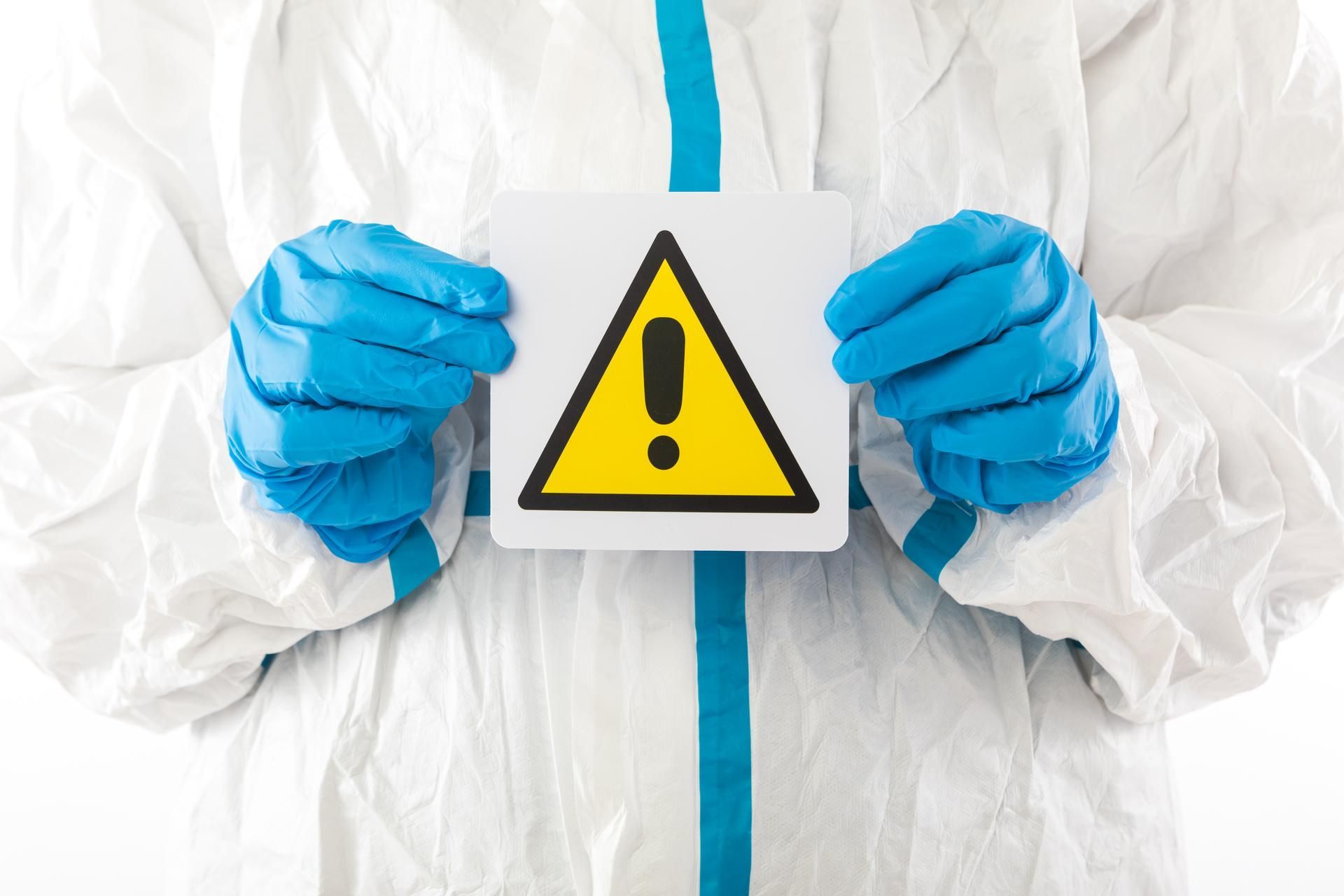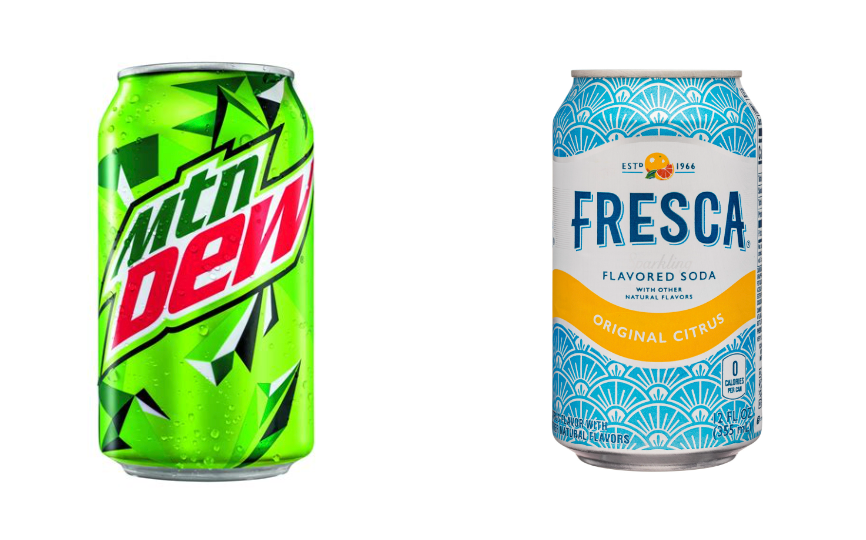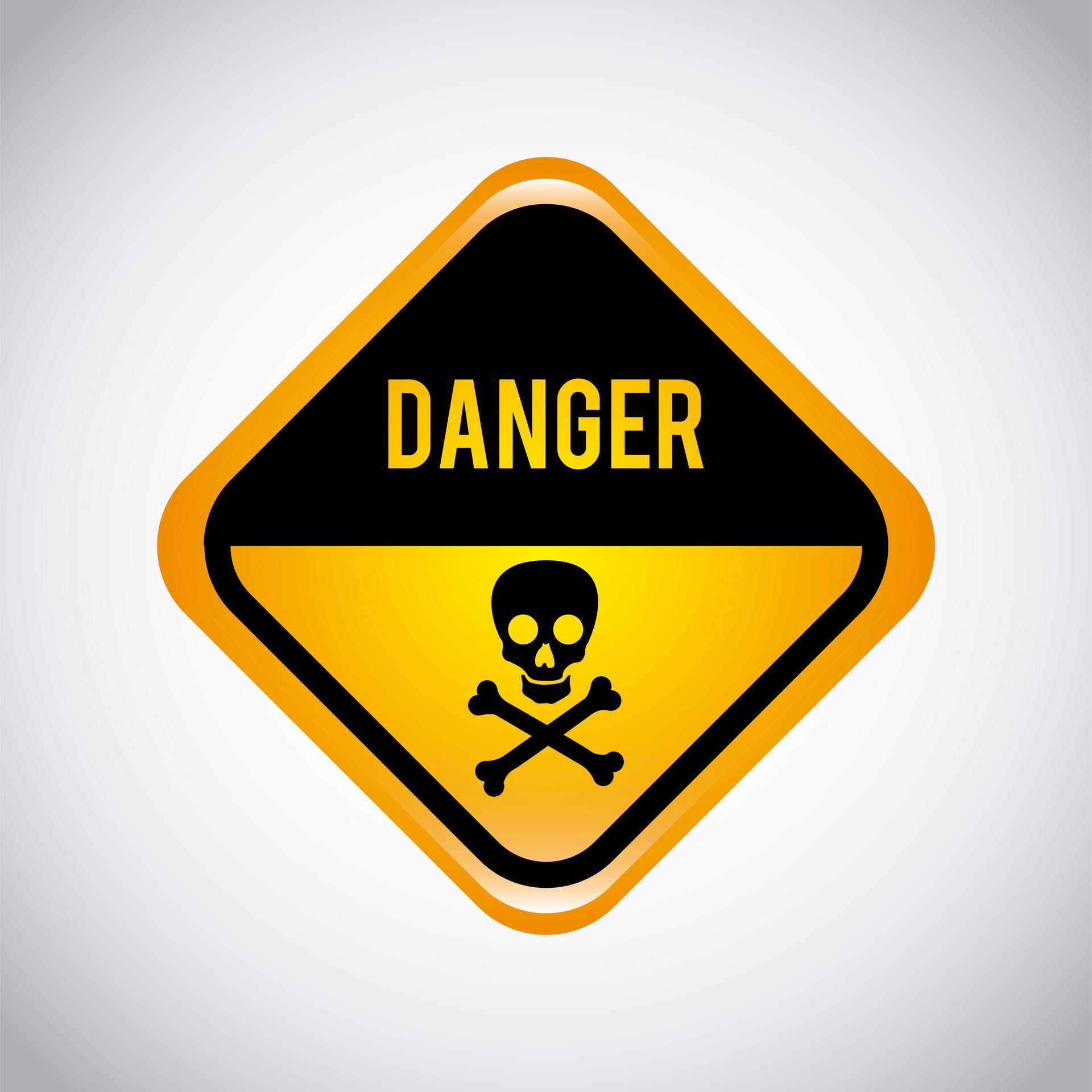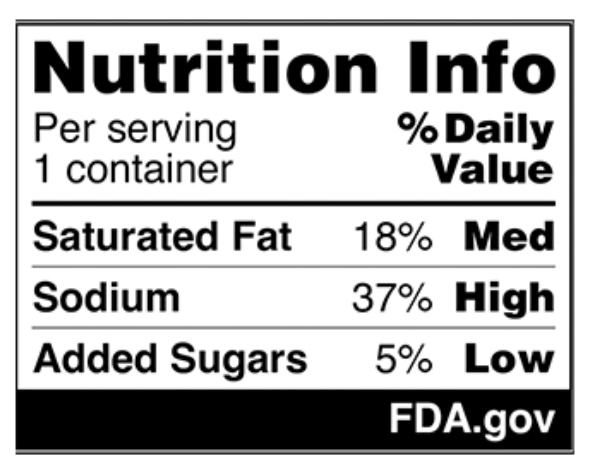In an about-face that was 53 years in the making, the FDA, this month has issued an order banning all food products manufactured in the United States that contain any amount of BVO within them. California banned the ingredient this month when it passed the California Food Safety Act, while BVO is already banned in Europe and Japan.
Why did it take the FDA 53 years to ban a product that in 1970 they had deemed NO LONGER “generally recognized as safe” (GRAS)? If you think the food industry had something to do with this, you’d be right. Under pressure from the industry, the FDA decided, in 1970, to allow food manufacturers to continue using BVO, but only in limits (15 parts per million) the FDA considered safe for human consumption. This FDA compromise opened the door for hundreds of products (e.g., Mountain Dew, Fresca, etc.) to continue using BVO, albeit in smaller amounts than previously, despite evidence of harmful neurological effects, including severe memory loss being associated with BVO.

















